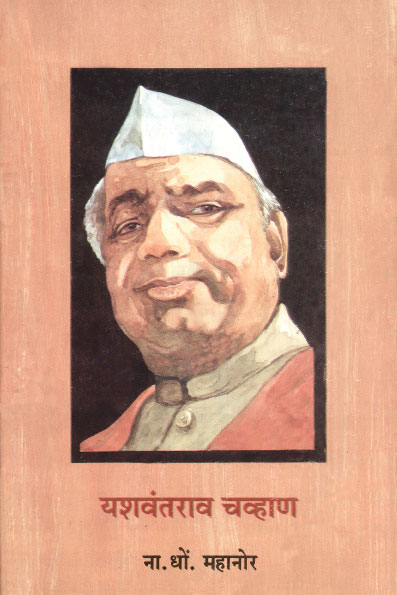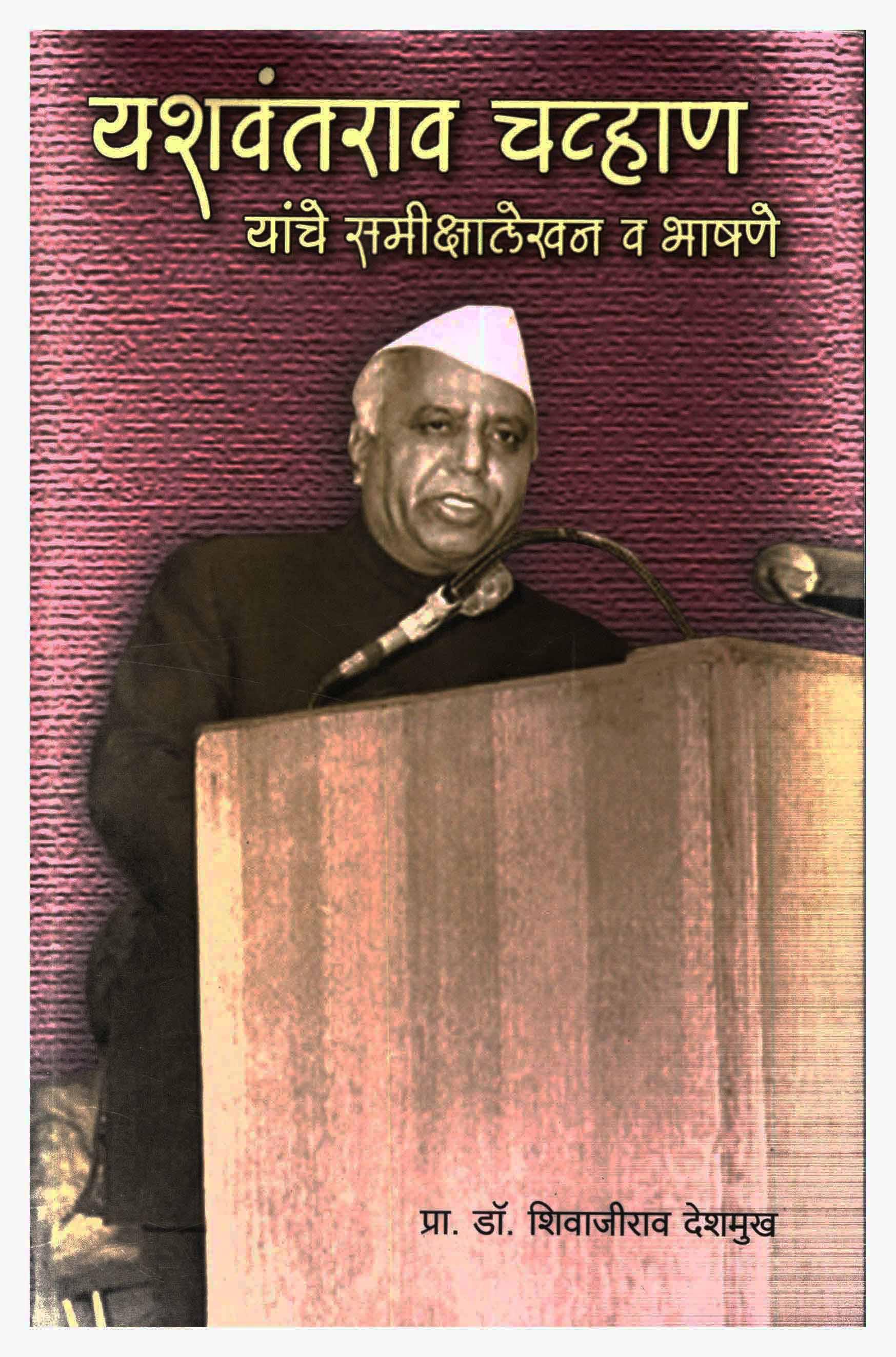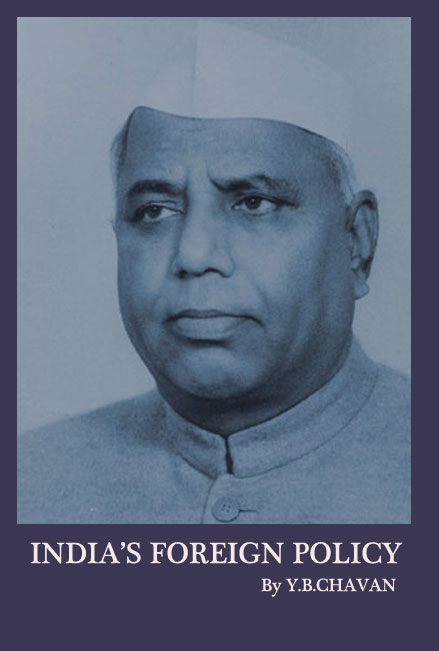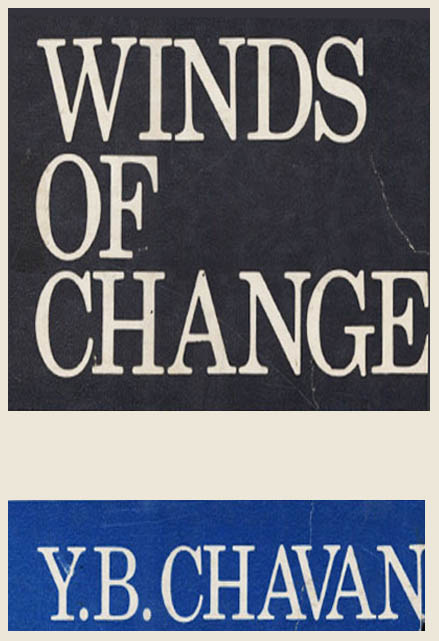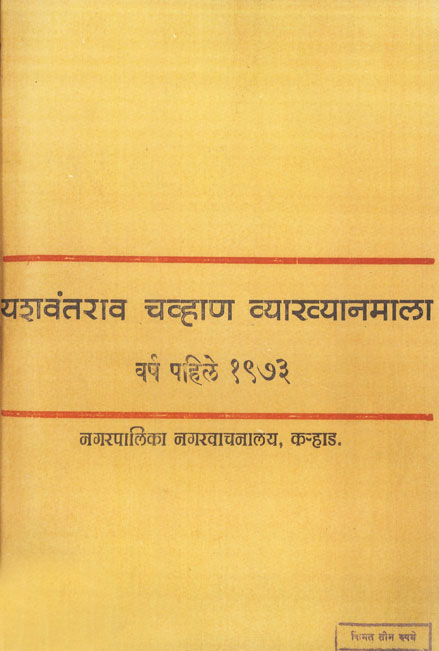The size and diversity of the industrial structure are beginning to be reflected in the volume and pattern of our export trade. There has been over the past few years a substantial rise in the exports of new manufactures. We have been able to find outlets for a variety of equipment and other durable goods in sophisticated and exacting markets abroad. And yet, the fact remains that exporting, in the case of a number of non-traditional industries, is still a marginal activity and an overwhelming part of production is destined for the internal market. Our industrial structure, despite its growing diversity and size, thus, continues to be largely inward-looking. One cannot over-emphasise the crucial importance of a rapid and sustained growth of exports for ensuring the success of our industrial development efforts in the future and indeed for the very viability of the economy. Exports must increase at an accelerated pace not merely to balance our external payments position but also to provide for a large inflow of imports of materials and intermediates to activate idle capacity and to inject a greater degree of competition into the industrial environment. But this requires a radical change in entrepreneurial outlook. The development of export markets and the adaptation of products to the requirements of potential foreign buyers must constitute an integral part of the long-term entrepreneurial plans. Entrepreneurs should not turn away from venturing farther into the export field because of the lure of the short-run security offered by the domestic market. It is perhaps not always realised that in the longer run the vigour and vitality of our industries will depend largely on their export performance. An industry oriented towards the export market is the best guarantee against import shortages, inefficiency and technological stagnation — in short, the best guarantee against industrial rigidities and stagnation. I am sure that the young and progressive entrepreneurs realise that exporting should no longer be treated as an activity ancillary to internal sales.
Such, then, are the problems we face today. However, the Government has not been an idle spectator of the unhealthy trends that I have just mentioned. Instead of adhering to a rigid set of policies it has adapted and wielded policy instruments to correct the undesirable aspects of industrial progress and development. I need mention only the corrective steps of a far-reaching character it has taken in the recent past. Last year the industrial licensing policy underwent a major overhaul to facilitate new entrants into the industrial field in the small and medium scale sectors and to regulate the expansion and diversification of large industrial houses, undertakings dominating particular product lines and foreign controlled companies and groups to prevent excessive concentration of economic power in a few hands.

























